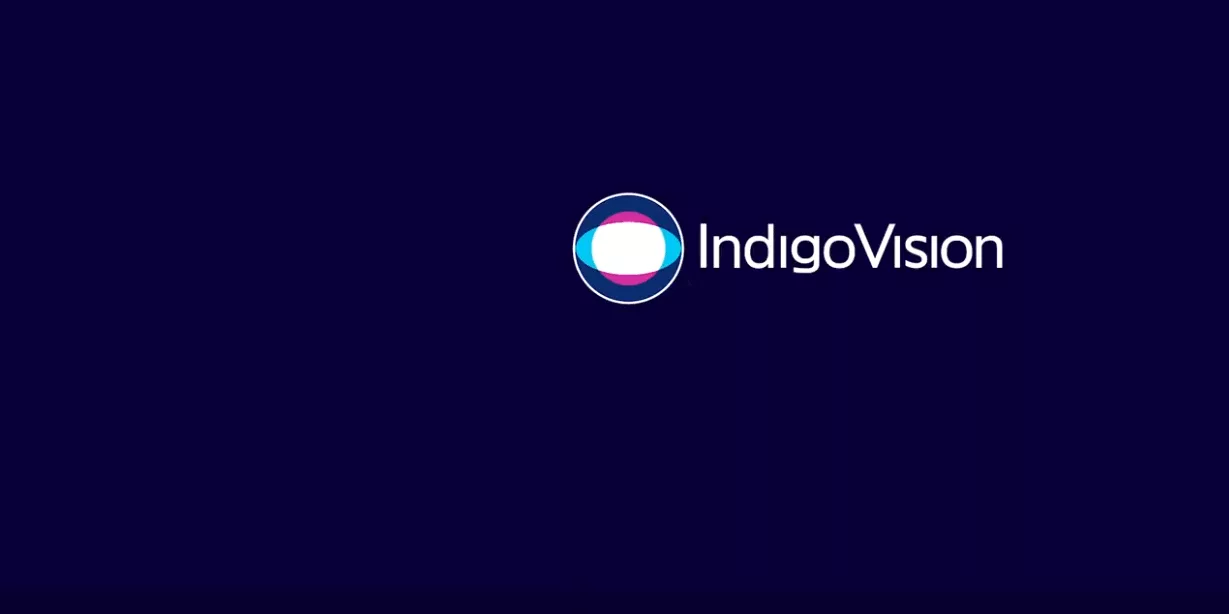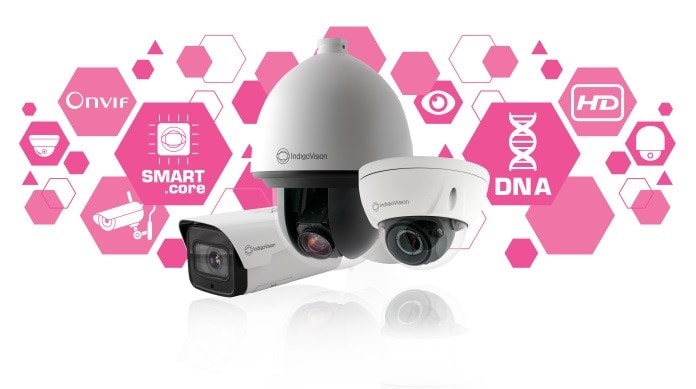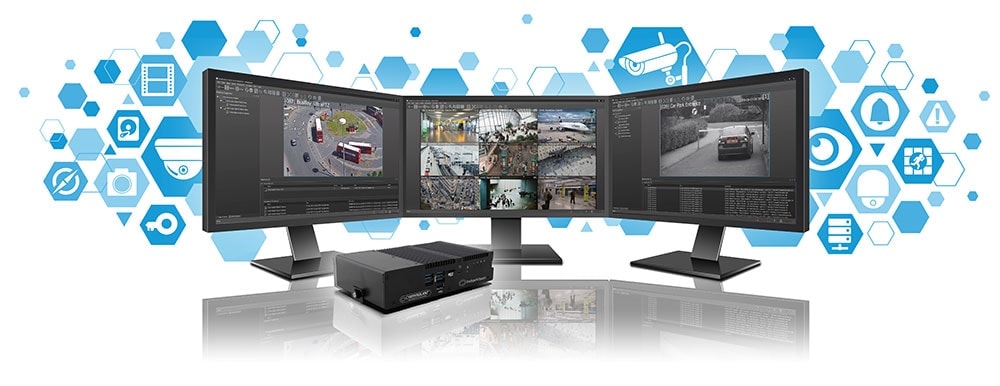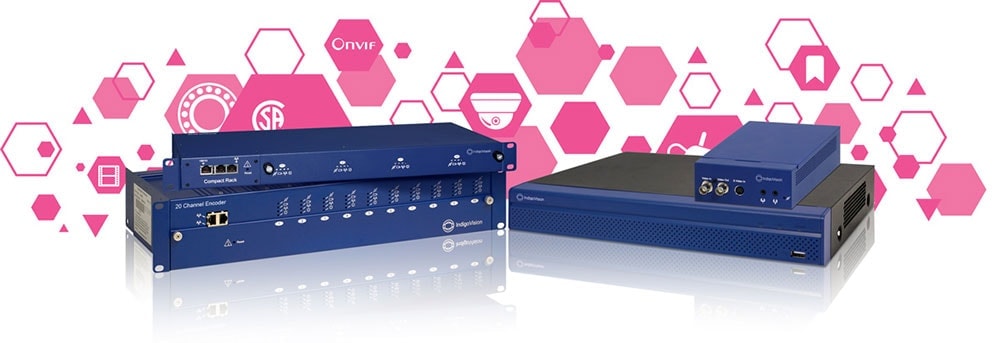What is surveillance technology and why does your business need it?
While your company’s interest in security and safety may be higher than ever, the technology you use in order to support your safeguarding activity could be outdated. So how can you tell if it’s time for a shakeup, or if your surveillance systems are already serving their purpose in the modern world?
What is surveillance technology, and how could it be the answer, moving from a traditional analog system to a far more effective, and reliable IP network? With improvements to speed, ease of use and accuracy, an IP CCTV solution can offer businesses a far more efficient and safe way of working, making the lengthy processing and poor-quality video footage of analog solutions a thing of the past.
Retrieve and extract footage faster
Analog surveillance management systems can be problematic. Suzanne Waugh is an experienced Regional Sales Manager at IndigoVision and after working closely with security teams, she’s noticed that:
The biggest pain point for security operators is the time it takes to retrieve footage; the process to export it; to take video footage off the system; and to locate the footage they want – this is usually done via each individual camera.
For example, you might be trying to spot a particular vehicle on a public street. You know the colour, make and registration plate, but that’s all you have to go on – your job is to manually sit and look through three days’ worth of footage, fast-forwarding through the video at x16 until you think you’ve found the right vehicle.
The updated approach to solve this same issue is to automate your surveillance systems. Instead of spending precious time fixated on the video, looking for a particular piece of evidence, an IP CCTV solution can do this for you:
- Run simple motion analytics in live or playback to show any vehicle that appears within the scene
- In playback, objects of interest will be flagged for review
- In live, Artificial Intelligence can be used to alert when a number plate has appeared in the scene and/or when a particular vehicle type and colour has appeared in the scene
- This way, you can navigate away from your desk to work on something else
- Then an alarm will notify you when there’s movement and you have a registration plate
- This footage will be of sufficient quality to be used immediately as evidence in court
The advantages to the safety and security of your premises aren’t the only benefit to updating your surveillance management system, as Suzanne Waugh explains:
The processes that operators with older systems go through to do their job will become simpler and quicker with current IP CCTV software. They’ll be able to save time and make their job easier.
Get superior quality video footage
If you haven’t updated your surveillance management system for a few years, chances are the capabilities of the equipment you’re using match that of technology at the time – think how far cameras have come in that time.
Also, if you’re relying on outdated solutions, it’s probably frustrating when the video you’re relying on isn’t even of sound quality and can’t be used. On a more serious level, it may mean the difference between being able to protect those in your care, and not. Suzanne Waugh has seen this many times before:
After all the effort of exporting the footage and manually finding the exact bit you need – by going into each camera individually, and scrolling through all the footage – the evidential quality of the video doesn’t actually satisfy the requirements to be able to use in a prosecution.
If someone has an accident, witnesses are likely to report different things. But with an up-to-date security surveillance system, you can support word-of-mouth accounts with genuinely useful video footage. Simon Steer is the Regional Sales Director at IndigoVision and knows how important this is:
The quality of the picture and the recordings you get are important – getting evidential-level footage is a requirement that’s common to all businesses. Ask yourself: if I had to, could I take this evidence to court and would it be accepted by the Crown Prosecution Service?
Monitor behaviours at your business
Your security surveillance system can serve other functions, too, such as monitoring the working practice of employees, as well as monitoring customers and members of the public who engage with your business.
Also, if you’re using an analog system, you probably can’t monitor these things, due to factors such as poorly placed cameras, or the wrong types of cameras in the wrong locations. If you’re trying to work out if your system could do with an update, ask:
- Do you know the most common pathways around your business that people walk, drive or cycle?
- Do you know what the busiest times of day are, and the areas that create bottlenecks?
- Can you identify how people interact with their built environment?
Suzanne Waugh explains that knowing the answers to these questions can be essential to your company’s future construction planning:
Where do people congregate? Where do people dwell or stop? What are the common routes around your areas? How do people travel – how many bikes; how many cars or buses; how many men and women? All of this analysis can lead to better safeguarding in the future.
A lot more businesses want to get intelligence out of their surveillance system, rather than just using it as a security measure. Simon Steer, has met businesses who are using their security footage in increasingly innovative ways:
In town centres traditionally people just wanted ‘eyes on the streets’. However, now, because of the way high-street shopping is declining due to internet giants, we’re starting to see requirements for things like footfall – when there’s an event in the town centre, how does that affect footfall in shopping? How many more people are in town that day?
Discovering information such as popular directions of travel can help businesses and cities plan for future events. For example, understanding how people disperse from a major event, such as a stadium concert or exhibition, allows a business to better plan safety and/or transport provision for future events.
Businesses using AI are on the rise – are you one of them?
If you’re only using security surveillance for the purpose of safety, you’re not utilizing the full capacity of equipment as an intelligence tool. The AI possibilities highlighted above are becoming a core part of surveillance for many businesses, and Simon Steer says there are options available that aren’t as difficult to use as you may first imagine:
There are extremely easy-to-use, mature platforms with simple functionality out there. Control Center has been around for a really long time – some of their standard features have been running for 15 years but many operators working on analog still don’t know about or use them.
He also recommends exploring your options and what’s available to you. Some businesses are successful in applying for funding – for example, one city in the UK was able to use these advanced analytics because they won a grant.
Suzanne Waugh says that many companies aren’t quite investigating how to apply for the budget to upgrade their surveillance management systems just yet; but this time next year, AI solutions are going to start becoming more prevalent across the UK:
The number of people using AI is rising– I get asked about it every three days or so now. It’s early days – in terms of what businesses can learn, it’ll help them plan for the future, give them environmental insights about how people travel, and the most popular routes – you can’t put a price on that sort of information.
Most industries will benefit from using AI, including university campuses, cities and sports venues, but also transport hubs such as airports, subways and train stations. Those in commercial environments can use it to decide how to use signage, and to benefit their marketing: the sky really is the limit.
No matter the sector you work in, security is likely to be high up on your list of priorities. In today’s world, businesses can’t afford not to prioritize it. The safety of members of the public and consumers who fall under your duty of care is paramount – it’s time to ensure investment in your security surveillance systems reflects this.






